
Soil Health & Fertilization
We unite suppliers and green industry professionals worldwide
African Iris is a low maintenance, clump forming perennial with sword-like leaves and striking flowers that look similar to a mix between an iris and an orchid.
By Mariam Scott
|Published on June 15, 2025
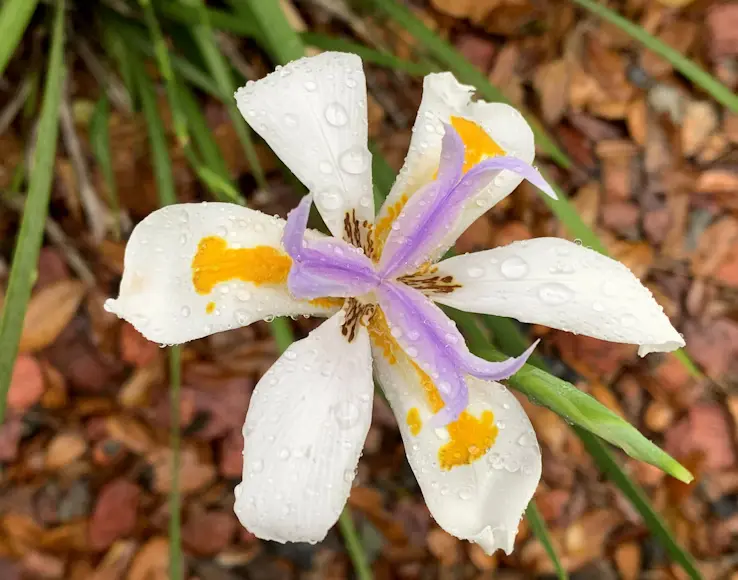

“Did you know the African Iris can bloom repeatedly throughout the year—even in tough conditions—thanks to its origins in the hot, dry climates of southern Africa?”
African Iris (Dietes iridioides or Dietes grandiflora) is a low maintenance, clump forming perennial with sword-like leaves and striking flowers that look similar to a mix between an iris and an orchid. Originating from southern and eastern Africa, the plant is adapted to many different environments, and is widely used for urban landscaping due to its hardiness and long flowering period.
Its beautiful white or pale violet flowers appear on tall, slender stalks above the foliage and open for just one day—yet the plant blooms so often, there's always something to see. Whether lining pathways or filling a mixed border, African Iris adds structure, texture, and unexpected beauty to any area.
| Common Names | African Iris, Fortnight Lily, Butterfly Iris |
| Botanical Names | Dietes iridioides, Dietes grandiflora |
| Type | Herbaceous perennial |
| Height | 2–4 feet tall |
| Light Requirements | Full sun to partial shade |
| Soil Needs | Sandy or loamy, well-draining |
| Watering Needs | Low to moderate |
| Hardiness Zones | 8–11 (USDA) |
| Time to Bloom | Spring to fall, with flushes every 2–3 weeks |

September 25, 2025
9 minute read
September 24, 2025
9 minute read
September 23, 2025
10 minute read
September 22, 2025
9 minute read


Join as a seller and connect with thousands of B2B buyers nationwide!
Sign Up
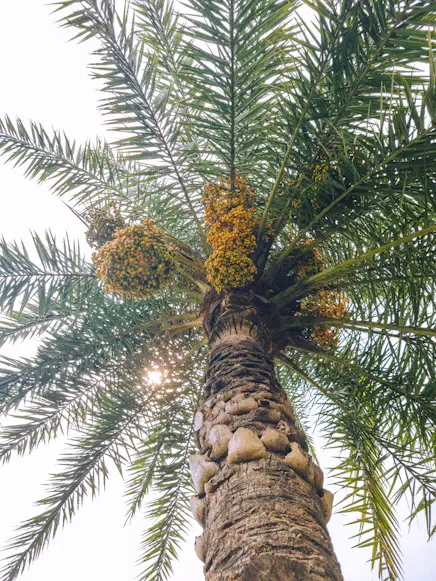
Date Palm
The Date Palm is a timeless architectural plant, which offers desert elegance in both an outdoor garden or indoors. With its arching, feather-like fronds and slender, rugged trunk, it is a bold statement whether potted or grown outdoors in the right setti
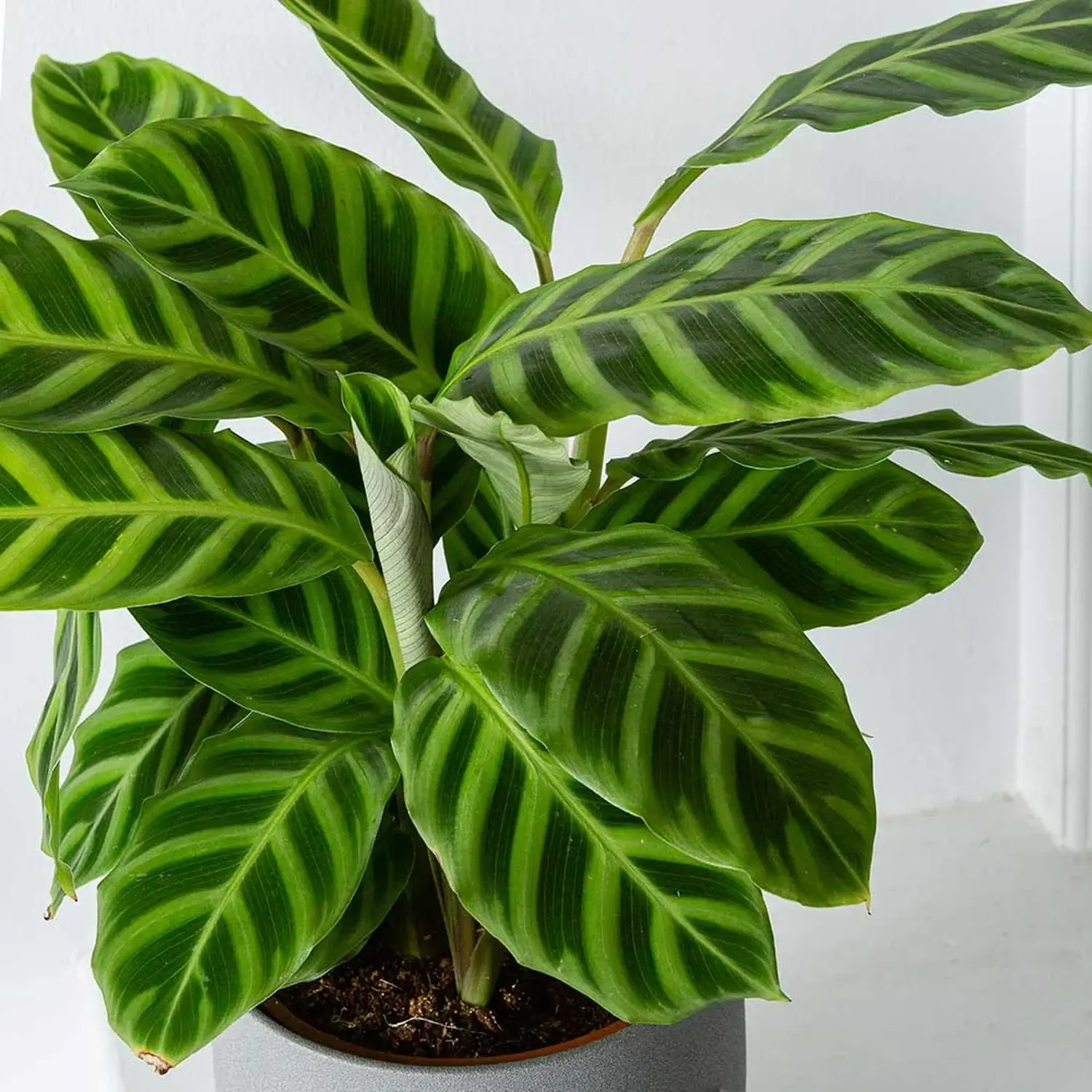
Calathea Zebra
Calathea Zebrina can be your new houseplant crush. This tropical beauty is called the Zebra Plant, and it boasts wide, velvety leaves with stripes of lime green and deep emerald, just like the pattern on a zebra, but with a lush, leafy twist.
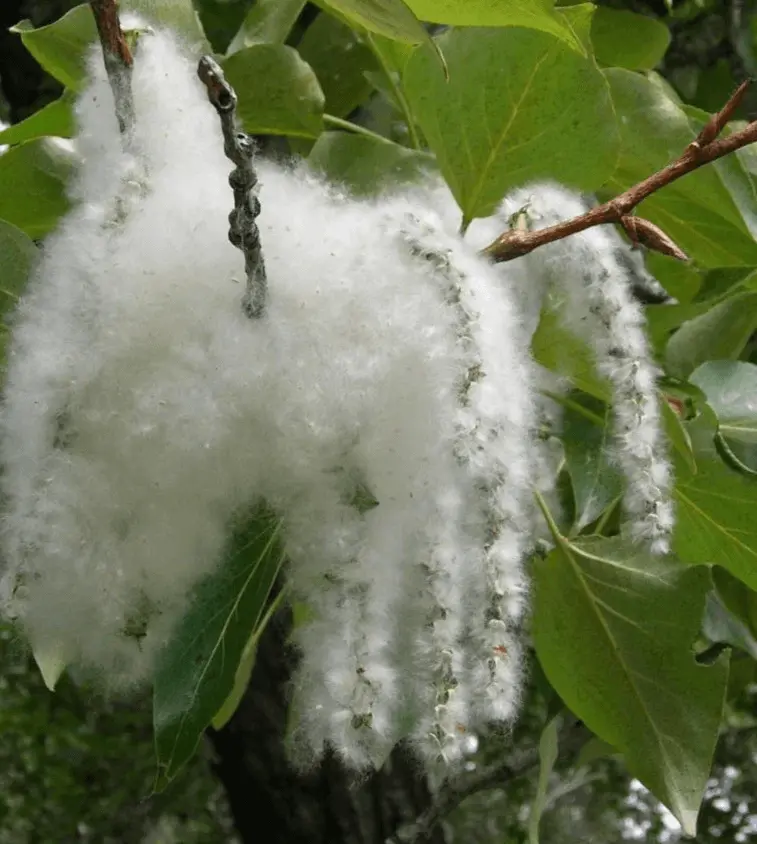
Eastern Cottonwood
Eastern Cottonwood (Populus deltoides) is a majestic tree, which is recognized by its triangular, shimmering green leaves that flutter gracefully in the wind. Its wide canopy can give you precious summer within just a few years — uncommon for a deciduous
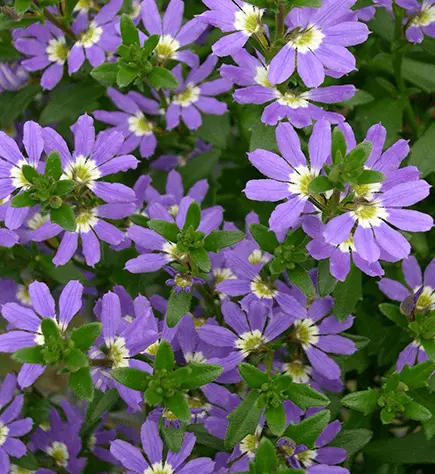
Fan Flower
Commonly known as the "fairy fan-flower", Fan Flower is ideal for those who wish to enjoy flowers year round with no fuss. Whether you are filling your pots, hanging baskets or sunny borders, this trailing plant produces blooms all summer from late spring
African Iris is pretty tough and beautiful. Plant in early spring or fall for best root development. Once established, it will tolerate heat, drought, poor soils and even some salt spray. Though individual flowers only last a day, the plant produces bloom spikes that flower successively for months. It is perfect for low maintenance gardens, borders or slopes that require erosion control.
It requires little to no maintenance, a bit grooming and a sunny spot is all it needs in order to thrive year after year.
African Iris can grow in full sun where it will bloom the most. It’s also able to withstand partial shade–especially in hotter areas, but an excessive amount of shade may result in less flowers. It’s better to aim for 4 to 6 hours of sunlight daily in order to keep the plant full, upright, and blooming steadily throughout the growing season.
This iris prefers well-draining soil and is particularly well-suited for sandy or loamy conditions. Although it can withstand poor soil and occasional dry conditions, do not plant it in heavy clay, or in consistently wet soil, which will result in root rot. If your soil is compacted, mix in compost or fine gravel before planting, which will improve soil drainage and circulation of air around the roots.
Once it's established, African Iris is drought tolerant, but does best with moderate, uniform moisture. Water young plants frequently to keep roots forming. Once mature, water deeply every 1–2 weeks during dry periods. Avoid overwatering, which may develop rot, especially during cooler seasons. In high-rainfall areas, supplemental watering may not be necessary at all.
Trimming African Iris helps maintain its tidy form and encourages blooming. Here's how to do it:
Propagation is easy with African Iris, especially with division:
Seeds may be collected from pods, but those plants take longer to mature.
African Iris adapts well to container life if given space and sunlight.
African Iris is an evergreen in Zones 8–11 and has minimal winter care. In cooler regions, it may die back a bit but it comes back in spring. For container plants or marginal zones, move pots to a protected area if frost is expected. Water less in winter and avoid fertilizing until active growth begins in spring.
The flowers bloom from spring through fall, with flushes that seem to arrive every couple of weeks—hence the nickname “Fortnight Lily.” Each flower is open for only one day, however, new flowers follow quickly. You’ll enjoy these fleeting beauties regularly throughout the season. Blooming is most vigorous in full sun and when the plant isn't overcrowded.
African Iris is extremely low-maintenance, though some occasional issues can occur.
Slugs or snails → May feed on lower leaves; consider traps or nontoxic repellents.
African Iris provides exotic good looks with a strong backbone. From its sword-shaped leaves to the ethereal orchid-like blooms that open and close with uncanny regularity, this plant is an all-rounder you’ll want in your garden — particularly if you like your beauty with a side of "hardly any effort."
Whether lining a driveway, spilling over a retaining wall, or standing tall in a sunny border, African Iris will reward you each season with lovely blooms and lush, yet graceful greenery.
Because it tends to bloom in flushes every 10–14 days, especially in warm weather.
Yes! Bees and butterflies love the flowers, even though they last only a single day.
Definitely. It’s drought-tolerant once established, and great in xeriscaping.
Typically 2 to 4 feet tall and wide. It looks like tidy clumps, but it spreads slowly over time.

Soil Health & Fertilization
Victor Miller

Pest Identification & Prevention
Victor Miller

Lawn Care Tips & Maintenance
Victor Miller

Soil Health & Fertilization
Victor Miller

Smart Irrigation Systems
Victor Miller

Patios, Walkways & Driveways
Victor Miller

Soil Health & Fertilization
Victor Miller

Pest Identification & Prevention
Victor Miller
My Account
Our team is always here to help.
We are open Monday - Friday, 9:00 AM to 4:30 PM PST.